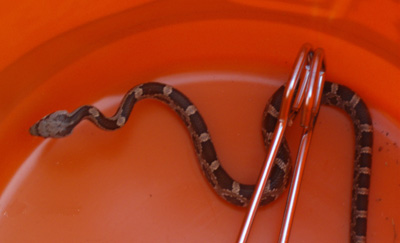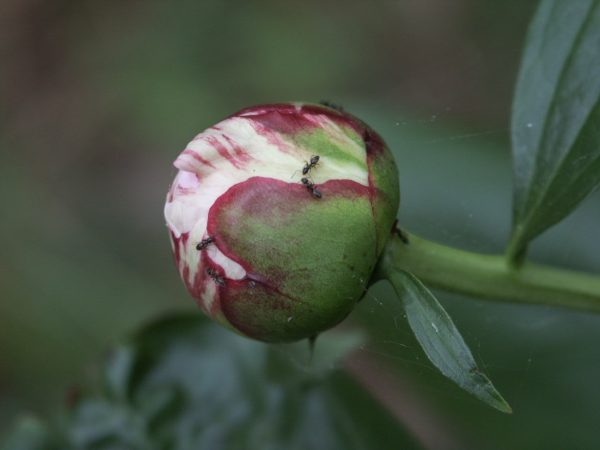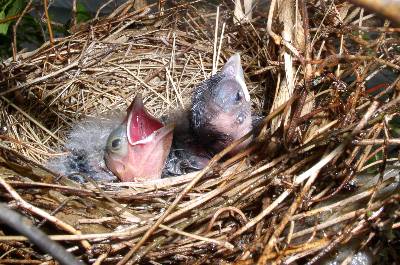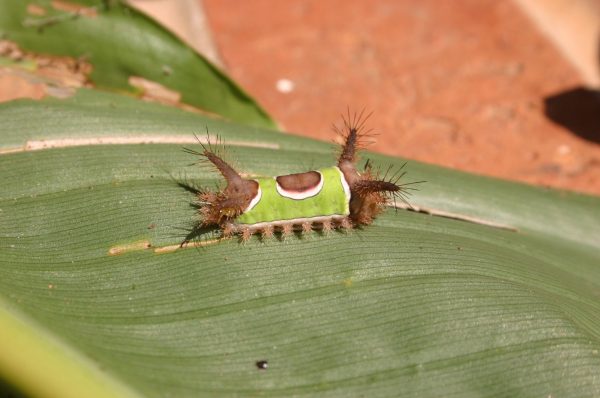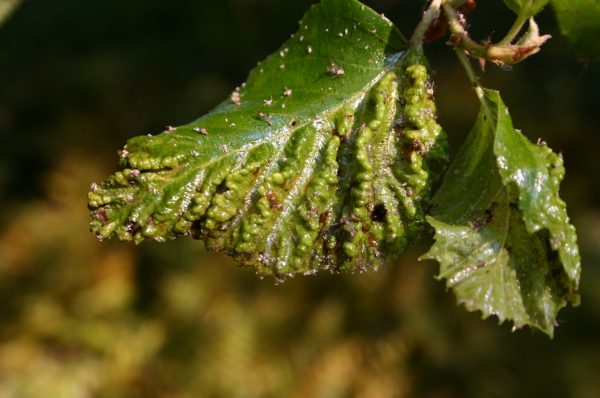Lawn – Leveling Low Spots
Despite your best efforts, your lawn may have spots that are lower than their surroundings. The best time to level lawns is while they are growing rapidly (fescue: fall; warm-season grasses: early summer). There are two ways to correct low spots:
Topdressing
>Mix a bag of dry topsoil with a bag of fine play sand in a wheelbarrow. If the mixture is clumpy, spread it on a tarp in a covered spot to finish drying.
>Shovel the mixture, no more than one-half inch deep, into low spots. Use a broom to sweep the soil off the grass blades and sift it down as far as possible.
>Maintain the lawn normally until the grass has grown on top of the first layer.
>Repeat the steps above until the low spot is filled.
Fill and Patch
>Use a flat shovel to remove grass from the low spot in ten inch squares. Set them to the side.
>Fill the low spot with excellent quality planting soil.
>Plant the grass clumps back in place. Water as for newly-planted sod.
Q: I laid Bermuda sod on my front lawn last summer. I must not have gotten the soil flat enough
because now I have low spots in the lawn. Can I put sand over the existing grass and fill up the low places?
A: Sand is not the right material to use for filling low spots. The sand will not match the texture of the rest of the soil in your lawn. You’ll get drought injury in those places because the sand dries so much faster than regular soil.
2000
An Atlanta gardener has a problem common to anyone who has recently had sod installed: his lawn is lumpy. The zoysiagrass sod was laid in the spring of 1999. Even after ten months time he has low spots, high spots and tufty spots in his front yard. His mower wheels fall into the low places and this produces a less-than-desirable cut.
When the gardener e-mailed me digital pictures of his lawn, I could see that this would not be a quick-fix situation. Zoysiagrass grows so slowly that the lawn will have to be leveled a little at a time. If he just pours topsoil into the low areas, the grass will be smothered and he’ll have dead spots.
I advised him to wait until the grass is fifty percent green, then apply a lawn fertilizer and water it in. Turf can’t use fertilizer until it is somewhat green, which explains why he must wait for several more weeks before performing this task.
The arrival of green grass signals that he can mow off the old brown foliage to a height of one to one and one-half inches. The spring sunshine will warm the soil further. It will achieve one hundred percent green-up just a few weeks afterward.
Once the grass reaches this stage, the leveling can begin. Sand is sometimes used to level lawns but it can cause problems. If a spot more than one-half inch deep is filled with sand, a different growing environment is created. The sand dries out rapidly in summer. Grass growing in it will suffer in the heat. Sand and dry topsoil is a better leveling material. Bagged topsoil that is purchased at the garden center may be too moist to spread easily. Better to find drier bags or to spread the soil on a plastic tarp in the garage until it is dry.
Spreading the soil into low areas can be a nice family activity. One person drives the wheelbarrow while the other wields the shovel. A third person can use a broom to sweep the soil into place. I cautioned the gardener that he should only put one-half inch of soil in the low spots at one time, leaving some green zoysiagrass leaves showing through. Some low areas may remain but he needs to let the grass grow through the soil for a month.
Six weeks after the first leveling, another fertilizer application is appropriate. Another half-inch of topsoil can be placed in the remaining low spots. My feeling is that raising the soil an inch is all that one should attempt in one year. A third fertilizer application in early September should bring the lawn care year to a close with a much less lumpy lawn at the gardener’s household.



